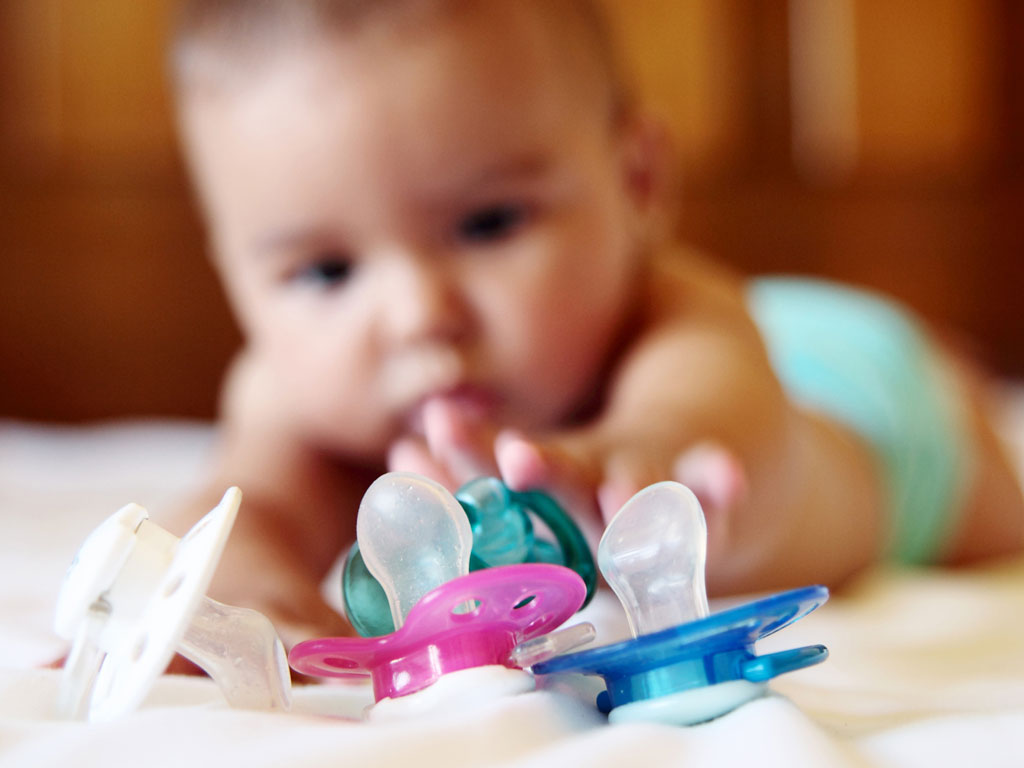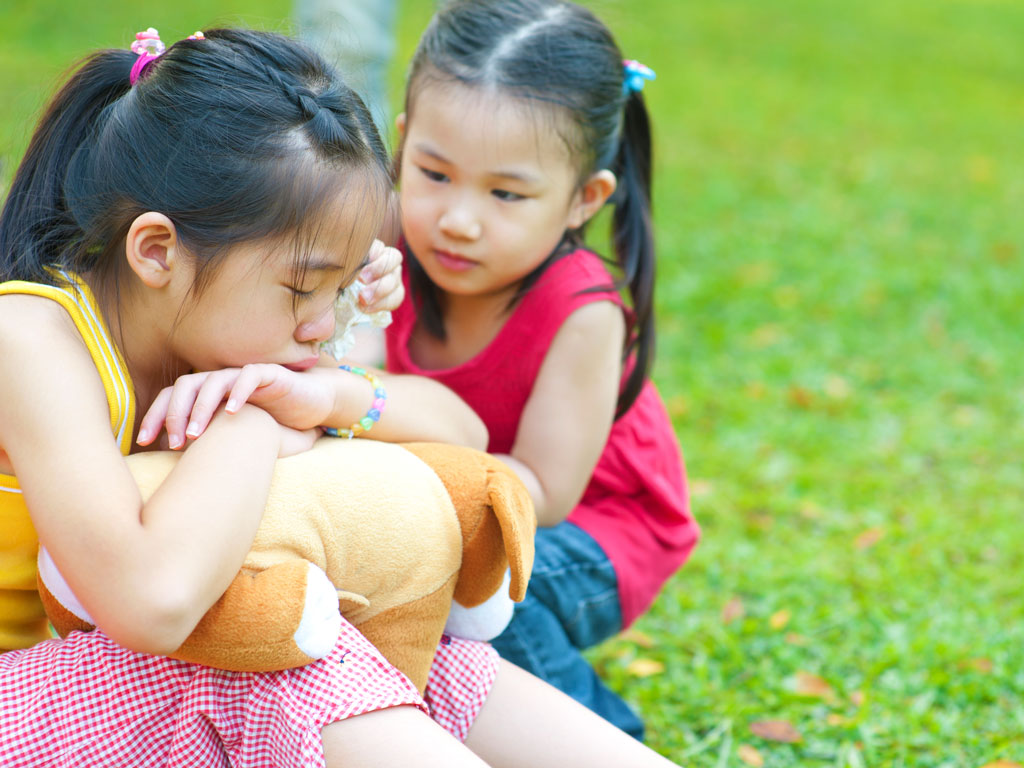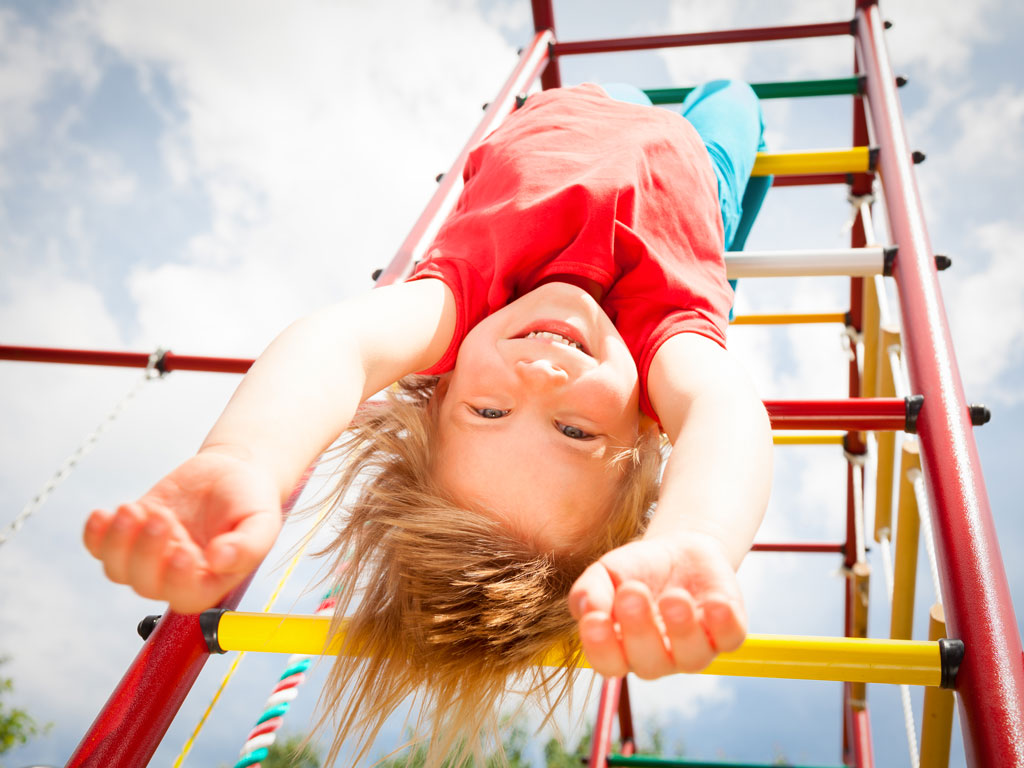by Dr. Vinson Diep and Stephanie Lopes
The cute baby with her pacifier! Look at the little one-year-old dragging along his teddy! That is so sweet how the two-year-old cuddles with her favorite blanket!
Witnessing a child cling to a comfort item is often a cute sight. But for many parents, their child holding tight to a blankie, binkie or stuffy bunny can raise questions about being too attached – or even worries about tantrums when the item must be taken away.
Board-certified pediatrician Dr. Vinson Diep, whose office is located at Kapiolani Medical Center for Women & Children, assures parents that “security objects are typically nothing to worry about,” he says, and that these objects can actually assist children in becoming calmer and more independent.
What are security objects?
Also known as transitional objects, comfort items or lovies, “Security objects are any object that a child finds comforting,” explains Dr. Diep. “Typical security or transitional objects are usually stuffed animals, blankets, bottles or pacifiers, but they can really be anything that a child finds an attachment to.”

When and why do keiki cling to security objects?
“Security objects tend to develop between ages one and three, which is when a lot of changes happen, such as new environments, possible transitions from a crib to a toddler bed, or sleeping in their own room,” Dr. Diep illuminates.
If your little one is suddenly holding tights to a familiar object, do not be alarmed. In fact, security objects are a common part of development for most children – although some children will never develop an attachment to an item, which is perfectly fine as well.
“These security objects offer comfort and a familiar object to a child, particularly in times of anxiety or change,” Dr. Diep states. “These are one of the first objects that some children will have an attachment to, and these security objects are very important to a child. So, it is important, especially in the beginning, to allow the child to have these objects with them.”
How do security objects help a child’s development?
A lovey can help a child feel more secure and can assist in developing independence. Security objects can be related to ‘training wheels,’ offering something safe as a child grows, explores and takes risks.
Dr. Diep expands, “A security object allows the child to have something constant during these times of change. Most of the time, such as with a blanket, the blanket has a certain smell and feel to it, so the child is calmed by that.”
Contrary to some beliefs, a security object is not a sign of weakness – instead it can be a source of strength. “It helps children to transition from dependence on their parents, to being more independent,” says Dr. Diep.
When and where should I allow my child to have their security item?
Basically, research says that anytime is fine for a child to have their transitional object. It is better to allow the child to have the item, as denying access to the item can increase anxiety and trauma.
What happens if a child doesn’t have their special blanket or stuffed animal? “If they don’t have their security item, this can lead to temper tantrums, melt downs and being very inconsolable,” Dr. Diep explains.
Some parents even taking extra steps to ensure the item’s presence. “Sometimes parents have duplicate transitional objects (i.e., two of the same teddy bear), so if one goes missing, there’s another one they can replace it with,” Dr. Diep shares.
Even if a child starts school, Dr. Diep says, “They should be allowed (if they want to) to have the security/comfort object with them. However, it should be able to be stored away (i.e., backpack, cubby hole, etc.). They also should not be forced to ‘share’ the object with other students.”

What are the top tips for transitioning away from a security object?
The vast majority of children grow up and no longer need to cling to a security item – and this often occurs without any intervention. However, there might be times when a parent needs to gently wean their child from their special security item.
Dr. Diep elaborates, “I don’t think there’s a specific age for the transition for most items.”
“Typically, we recommend stopping pacifier use between two and three years of age, since it may affect the teeth and their alignment. By this age, all children should also be seeing a pediatric dentist, so they can also help to monitor the teeth as well.”
If a parent does need to transition a child away from their beloved item, taking small gentle steps can ease the process.
“Parents can help this transition by starting to only give the child their security object at certain times, such as only at bedtime or only during car rides, for example,” Dr. Diep advises.
“Parents can slowly wean children off the object by doing other things throughout the day that distract them, so that they don’t think about the security object,” Dr. Diep continues. “Parents can also talk to their kids about it, such as saying things like, ‘Let’s see if we can go to the store today but leave *blank* in the car,’ or, ‘Let’s play outside for 15 minutes and leave *blank* in your room.’”
However, even if the blankie is tattered and torn, “parents should not throw away or get rid of the object without telling the child about it,” Dr. Diep warns.

When should a parent worry about overattachment to the object?
Security objects are simply a steppingstone to the next phase of your child’s development and typically nothing to worry about.
“But, if the object starts to interfere with a child’s normal daily routines, such as eating, playing or taking a bath, then that’s a sign parents should talk to their pediatrician,” Dr. Diep concludes.
If you would like to speak more with Dr. Diep, call 808-945-9955 or email pediatrics@doctordiep.com.





